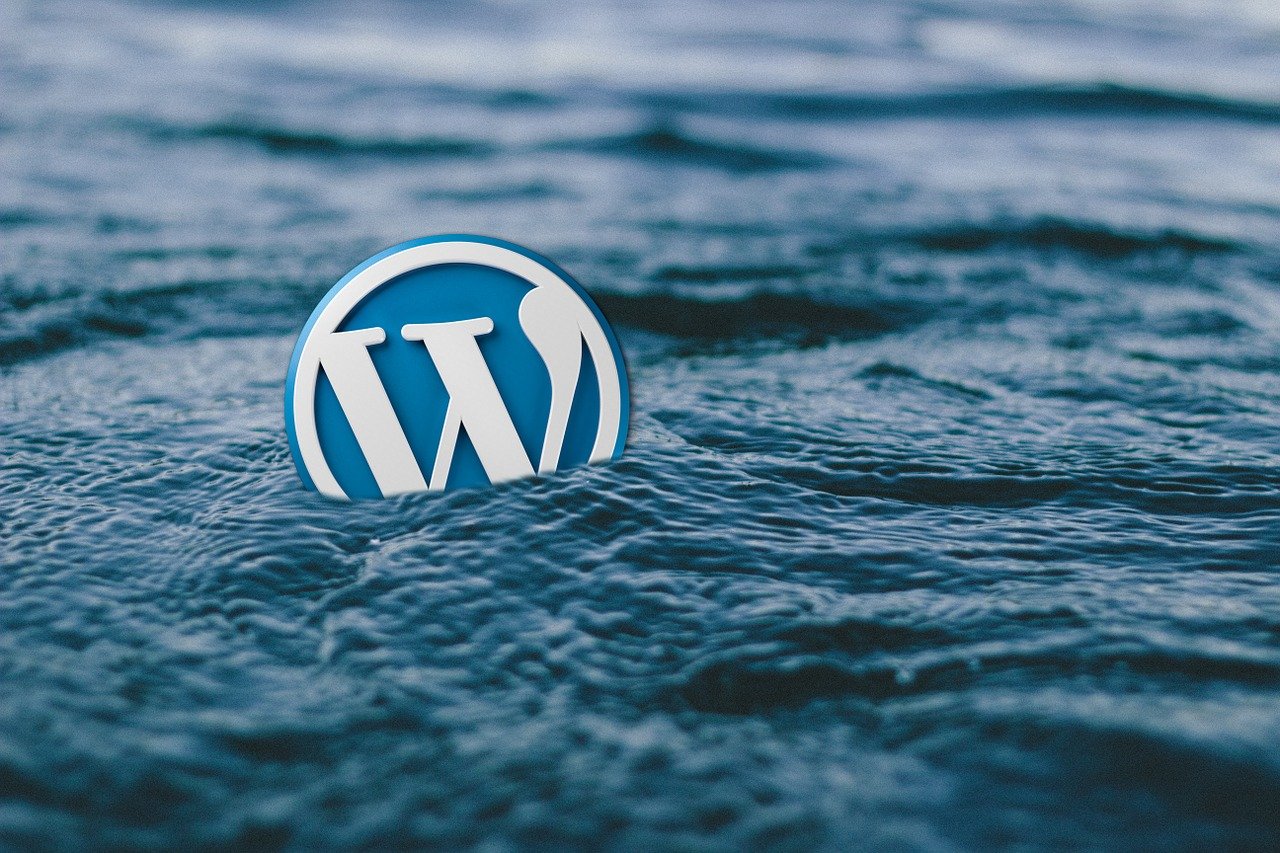If you have even the slightest interest in running a website, you’ll probably be very familiar with WordPress and Woocommerce. As two of the most popular options for creating and managing online stores, these platforms are the backbone of countless e-commerce ventures, with over 70 million shops powered by them.

With WordPress’s flexibility and user-friendly interface coupled with WooCommerce’s robust suite of e-commerce tools, it’s no surprise that so many online retailers choose this combination to power their businesses. Whether you’re thinking of starting a new store or looking to migrate your existing one to a more stable and scalable platform, understanding the ins and outs of WordPress/WooCommerce migration is essential. Throughout this article, we’ll cover the key steps needed to migrate your digital storefront.
Things to Do Before You Migrate Your Site
Before we get into the nitty-gritty of migration, you need to do a few things to ensure that, in case of any mistakes, you’re safe. Furthermore, these steps make it easier to revert changes if you later decide that migration wasn’t the right move for your business.
Backup Your Current Website
First and foremost, creating a comprehensive backup of your existing website is a must-do. This means saving all your files, databases, and other important data. Having a solid backup in place gives you the peace of mind that if anything goes awry during the migration, you can swiftly restore your website to its original state without any lost information or extended downtime.
WordPress offers a variety of useful plugins, like UpdraftPlus, Solid Backups, and WP Time Capsule, which can streamline the process and automate regular backups for you. If you prefer to do things yourself, you can always manually create a backup by downloading your files via FTP and exporting your database using tools like phpMyAdmin.
Choose a New Hosting Provider
If you’ve decided to switch to a new hosting provider as part of your migration, it’s crucial to do your due diligence and choose a platform with a strong reputation for hosting, including WP Engine, SiteGround, and Bluehost.
You might also want to consider if other e-commerce platforms suit your needs better than WordPress or WooCommerce. For example, Shopware is particularly adept at creating digital sales rooms – a virtual environment designed to streamline and enhance customer buying experience.
Migrating WordPress
If you’ve got your mind set on WordPress, then you can start the migration process. To kick things off, you’ll need to export all your existing content. This includes your posts, pages, comments, custom fields, categories and tags. With the built-in export tool, this is very easy.
Simply head to your WordPress dashboard, navigate to ‘Tools,’ and click on ‘Export.’ From there, you can choose to export all your content or select specific post types. Once you’ve made your selection, click ‘Download Export File,’ and WordPress will generate an XML file containing all your previous content.
Once you’ve done that, it’s time to import that exported content into your new WordPress installation. It’s very similar to how you export. Log in to your dashboard, go to ‘Tools,’ and click on ‘Import.’ You’ll see a list of import options; pick ‘WordPress’ and then click ‘Install Now.’ Once it’s finished installing, click ‘Run Importer’ and select the XML file you exported earlier. WordPress will then work its magic, bringing all your content into your new site.
After you’ve finished importing, you should configure your settings to ensure everything is running smoothly. First, go to ‘Settings’ and click on ‘Permalinks.’ Choose the permalink structure that matches your old site to maintain any existing SEO ranking and avoid broken links.
Don’t forget to check your widgets, menus and theme settings to ensure they’re set up to your liking. Otherwise, congratulations, you’ve successfully migrated your WordPress content!
Migrating WooCommerce
With WordPress all setup, the next step is WooCommerce. To ensure an easy transition for your online store, you’ll need to export all your data just as you did with WordPress. This includes products, orders, customers and other settings that keep your e-commerce operations running.
Unlike WordPress, WooCommerce doesn’t have a built-in export tool, but fear not! There are several plugins available that can handle the task with ease. One of the most popular options is the ‘WooCommerce Customer/Order/Coupon Export’ plugin. Install and activate this plugin on your old site, and then navigate to ‘WooCommerce’ ‘Export Data.’ There, you can select which data you want to be exported and in which format (CSV or XML). Click ‘Export,’ and it’ll generate the files you want.
The import process is also very similar to WordPress, but again, you’ll need help from another plugin to do so. ‘WP All Import’ is a good tool for this. Simply install it and navigate to ‘All Import’ and then ‘New Import.’ Next, choose your export file and select ‘WooCommerce’ as the import type. Then, it will guide you through mapping your data fields and customizing your import settings; once you’re satisfied with the setup, click ‘Import’ and let the plugin work its magic.
Now you’re nearly done. However, you’ll want to double-check your settings to make sure everything is as it should be. Make extra sure to head over to the ‘payment’ tab to set up your payment gateways; otherwise, your online shop won’t be usable to customers.

Post-Migration Tasks
With the migration finished you might be tempted to kick back and enjoy your hard work. But before you can do that, you’ll need to tackle a few post-migration tasks to ensure your website is ready.
- Test the Migrated Website: Click through your pages, test your forms and place a few test orders to confirm that your WooCommerce store is running smoothly.
- Update DNS Settings: Update your DNS settings to point your domain to your new hosting provider. This can take up to 48 hours to complete.
- Monitor Performance: Keep a close eye on your website’s performance in the days following your migration, just in case any potential issues arise.
Conclusion
Migrating your website might seem daunting if you’ve never done it before, but as you can see, it isn’t that tricky a process. With careful planning, it can be fairly easy. Simply follow the steps outlined here, and you’ll be well on your way to enjoying the benefits of WordPress/WooCommerce.